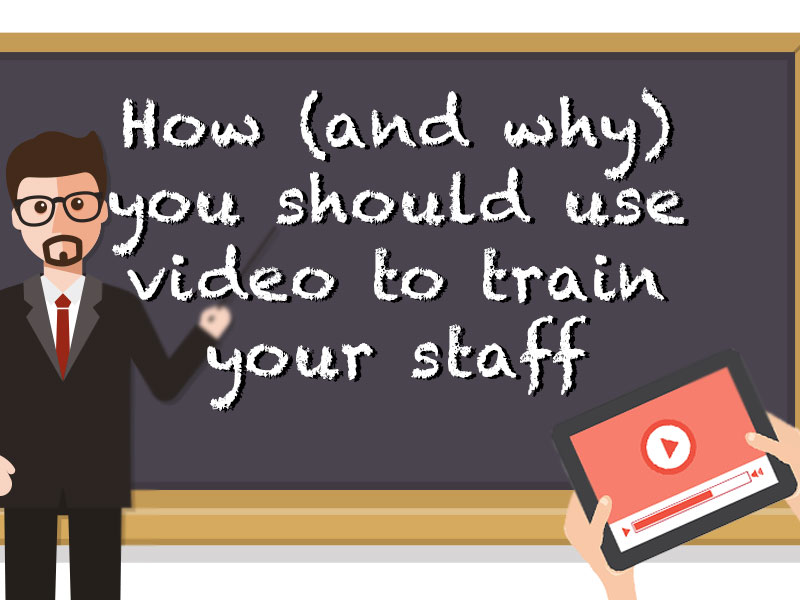Video is an easily mistaken medium in business. Too often, it’s simply considered a means by which to market products and services. But it’s so much more than that – particularly if you apply its captivating powers within the four walls of your business.
If you’ve ever spent what felt like several months in a classroom with a tutor who, for all intents and purposes, simply read out the course material and occasionally pointed at a white board, you’ll know how uninspiring such training sessions can be.
The point of training is to learn and retain new skills. And, while the traditional classroom environment still has a place in modern society, video is fast becoming one of the most effective ways to train staff.
Here’s why:
It enables bite-sized learning
Learning should be deliverable in small chunks, and video is the perfect vehicle for this method of tuition.
Bite-sized learning, as it’s now known, simply refers to training courses that are split up into smaller pieces, with each one focussing on a particular topic or part of the syllabus. Their size enables these pieces of learning material to be accessed and digested whenever the subject feels most up for it, thus increasing the chances of the information being retained.

Engagement can be measured
It’s incredibly difficult to measure the engagement of a classroom full of people. Unless you spot someone nodding off on the back row, there simply aren’t any meaningful metrics you can call upon to assess the effectiveness of the training.
With video, you have access to data that provides a real insight into the audience’s engagement levels. Does everyone switch off at a certain point in the video? What’s the average length of viewing? Are people sharing videos? How often does someone watch the same piece of content?
All of these metrics are accessible with video and can help inform future content.

It can be combined with traditional learning
While not a new tactic, the practice of combining video content with traditional learning remains a great way to turn what would otherwise be a dull classroom session into something far more engaging.
Swap a classroom for a roundtable discussion chaired by a tutor and supported by interspersed video to ignite debate, and you suddenly have a very captivating session in which most people will actively participate.

Video can be easily shared and viewed anywhere
You can’t really share a classroom training session. Sure, you can share your notes, but they’re pretty useless if you weren’t present in the room when the information was being delivered.
With video, people can share training content quickly and easily. The explosion of super-powered smartphones and tablets also enables video to be digested virtually anywhere, opening the entire world as a venue for learning on the go.
The potential reach of video-based training material in the digital age is simply mind-boggling.
igital age is simply mind-boggling.
Wrapping up
If we’ve convinced you to invest time in video training content, you won’t regret it. Producing video is inherently fun and one of its greatest strengths is that it benefits from experimentation. That means you can try new stuff out, test it on colleagues and tweak as necessary until you have training material that is both engaging and highly respected by staff.
Get behind the camera and swap traditional training for that of the video variety – you’ll be surprised by how effective it can be.
